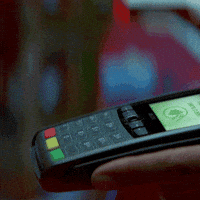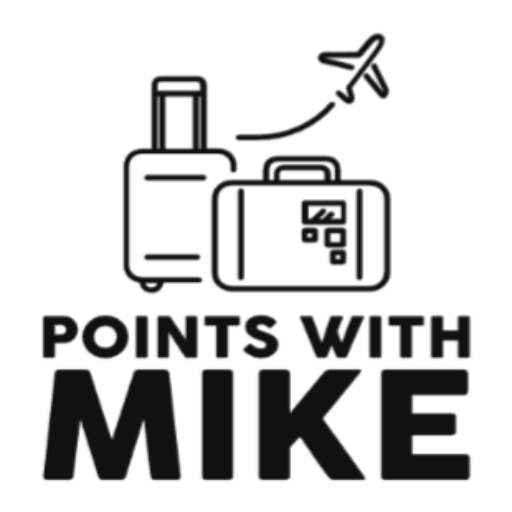Let’s be honest—travel hacking isn’t effortless, and it certainly isn’t free.
You’ve probably seen influencers casually mention “free” flights or five-star hotel stays like it’s nothing. But what they’re really talking about is rewarded travel—not magic.
Here’s What It Actually Costs
- Staying organized with your cards, spending, and due dates
- Putting the right expenses on the right card at the right time
- Paying annual fees on many of the best rewards cards
For some people, that level of management is a dealbreaker—and honestly, that’s okay. This isn’t for everyone.
But if you’re willing to invest just a little time and strategy?
The savings are very real.
If everyone played the game, travel companies wouldn’t offer such lucrative rewards. But most people don’t. Which means there’s more for you.
The Ground Rules: What to Know Before Opening Cards
This isn’t just about swiping and scoring. Let’s talk ground rules.
Always Pay in Full (and On Time)
- Interest charges cancel out your rewards—instantly.
- Missed payments = damaged credit score = fewer approvals later.
Treat your card like a debit card with benefits, not a loan. Always try to pay your statement balance before the due date to avoid interest charges. Further, try to keep your utilization rate (credit balance ÷ total credit limit) below 30% before the statement closing date. That may mean to pay more than just the statement balance and/or do not use the card until after the statement balance date.
Annual Fees Aren’t the Enemy

- Most of the best cards come with a fee—but you’ll often get more value back in perks and points.
- Monitor if the rewards and perks of the card provide more value than a typical 2-3% cash back card after considering the annual fees. If you find the card isn’t giving you ongoing value, you can downgrade or cancel before the next annual fee hits.
TL;DR: A $95 fee isn’t a bad deal if you’re getting $600+ in value.
Know Your Credit Score & Income
- Most travel cards require a 690+ score (but 730+ makes it easier).
- Make sure your income (personal or household) qualifies for the card you want.
- Try to keep them at least five days apart, and a maximum of two in one month.
Don’t Apply for Too Many Cards at Once
- Too many inquiries in a short period can spook issuers.
- Space out your applications to protect your approval odds and score.
Can You Meet the MSR Naturally?
MSR = Minimum Spend Requirement
It’s what unlocks the bonus.
If a card says “Spend $3,000 in 3 months,” you need to do that without overspending.

Example spend categories:
- Groceries
- Dining + Takeout
- Internet, phone & streaming services
- Utilities
- Property taxes (yep—some places allow it, for a small fee)
🔍 Pro Tip: Read the fine print. Some offers get tricky (e.g., “Spend $10K in 3 months, then spend again between months 14–17”). Use a tracker or spreadsheet so you don’t miss out.
Your Bonus is Bigger Than You Think
Let’s say a card offers 40,000 points after spending $10,000.
What people miss is this:
➡️ You also earn 10,000 points from the spending itself
➡️ That’s a total of 50,000 points
Always add it all up.
Is a Signup Bonus Actually Worth It?
Here’s a simple formula to figure it out:
Value of Points Earned + Value of Perks – Annual Fee = Net Value
If you’ll use perks like lounge access or travel credits, include them in your calculation. If not, focus on just the points vs. cost.
Want to Know the Exact Cards to Reach 1 Million Points?
🎯 I’ve mapped out the cards—and the order to get them—for maximum value.
📬 Read my “Guide to 1M Points”
You’ll learn:
- Which cards to get (and when)
- How to time your MSRs
- The secret to avoiding fees while maximizing points
Because you deserve the upgrade, too.

